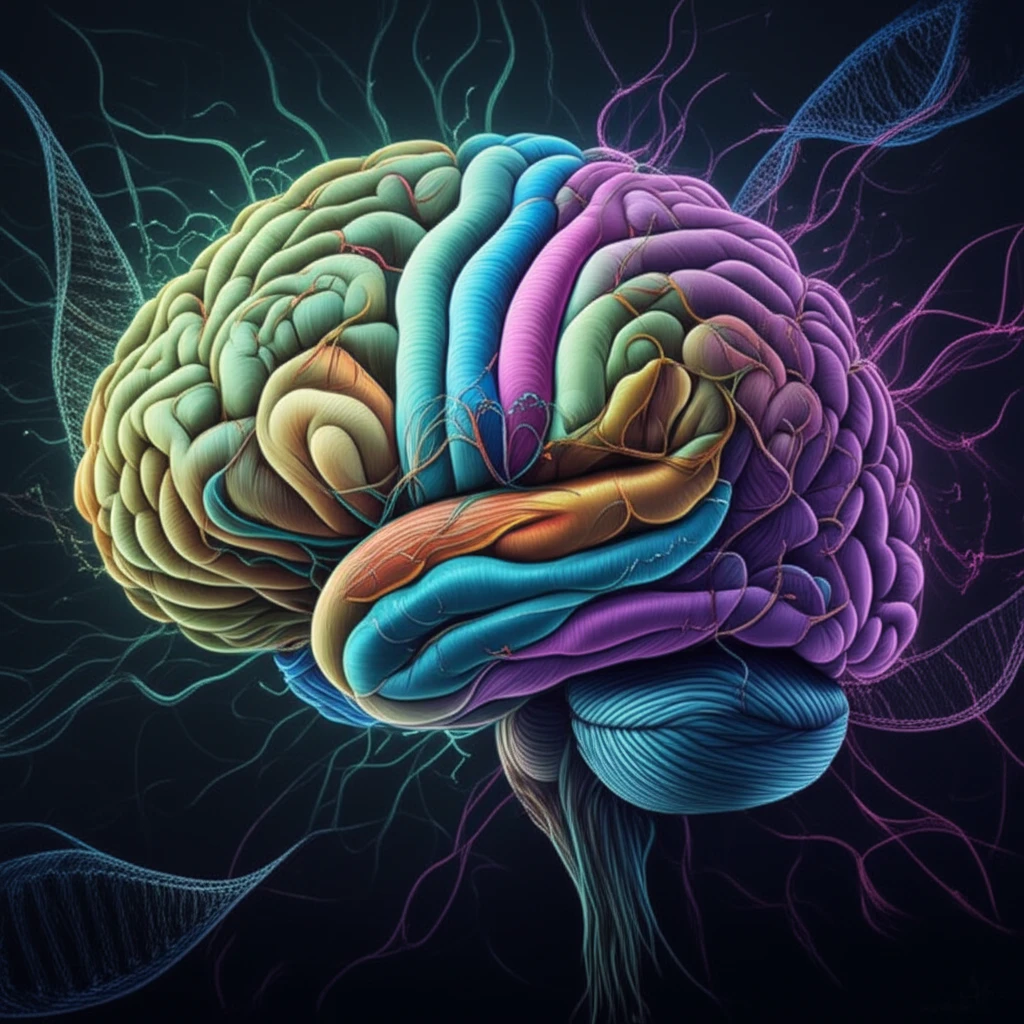
Decoding Brain Development: How RNA Regulation Shapes Our Minds
"Uncover the intricate layers of post-transcriptional regulation and their pivotal role in cerebral cortex development, influencing everything from neuron creation to neurological health."
The human brain, with its remarkable capacity for thought and language, owes its complexity to the precise orchestration of embryonic development. This period, during which neurons are generated and organized, is governed by complex processes including neural progenitor proliferation, neuronal differentiation, and migration. Each of these steps depends on tightly regulated gene expression.
Recent research highlights the critical role of post-transcriptional regulation—RNA splicing, stability, localization, and translation—in the development of the cerebral cortex. These processes are masterfully controlled by trans-regulators such as microRNAs (miRs) and RNA-binding proteins (RBPs), which orchestrate various stages of cortical development. These factors can work independently or together, influencing networks of RNAs known as RNA regulons.
Breakthroughs in technology are paving the way for a deeper understanding of post-transcriptional control in the developing brain. Given the link between RNA-binding factors and neurodevelopmental disorders, understanding how RBPs and miRs affect mRNA expression in progenitors and neurons could unlock new insights into brain development and disease.
The Genome's Guiding Hand: RNA Expression and Alternative Splicing

Throughout the course of neocortical development, RNA undergoes dynamic changes orchestrated through spatial and temporal transcript control. Genomic studies reveal significant differences in RNA steady-state levels and alternative splicing (AS) between embryonic and postnatal stages. The variations enable the production of proteins with distinct functional domains, impacting cellular functions. A prime example is Ninein (Nin) isoforms, which display unique subcellular localization patterns and functions during differentiation.
- RNA Splicing: A process where non-coding sections of pre-mRNA are removed and coding sections (exons) are joined together to create a mature mRNA molecule.
- RNA Stability: Refers to how long an RNA molecule persists in a cell. Stability affects how much protein can be produced from the RNA.
- RNA Localization: The transport and positioning of RNA molecules to specific locations within the cell, ensuring proteins are made where they are needed.
- RNA Translation: The process where the genetic code in mRNA is decoded to produce a specific protein.
The Future of Brain Research: RNA's Central Role
As we uncover more about the roles of RBPs and miRs in brain development, several exciting avenues emerge. Identifying the full range of RBP and miR targets, understanding their cell and time-specific actions, and exploring how they work together will be key. Given the diverse roles of RNA in stability, splicing, localization, and translation, integrating these aspects will provide a more complete picture of brain development. Understanding how external signals influence these post-transcriptional controls opens a new frontier in understanding the complex interplay that shapes our brains.
